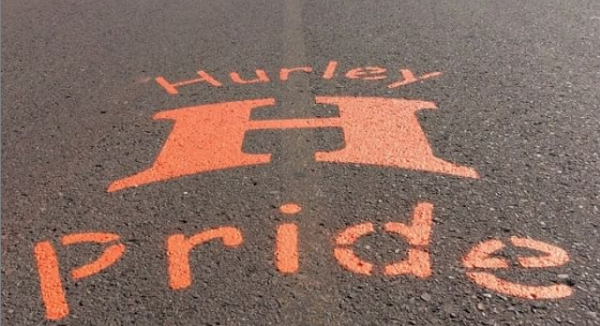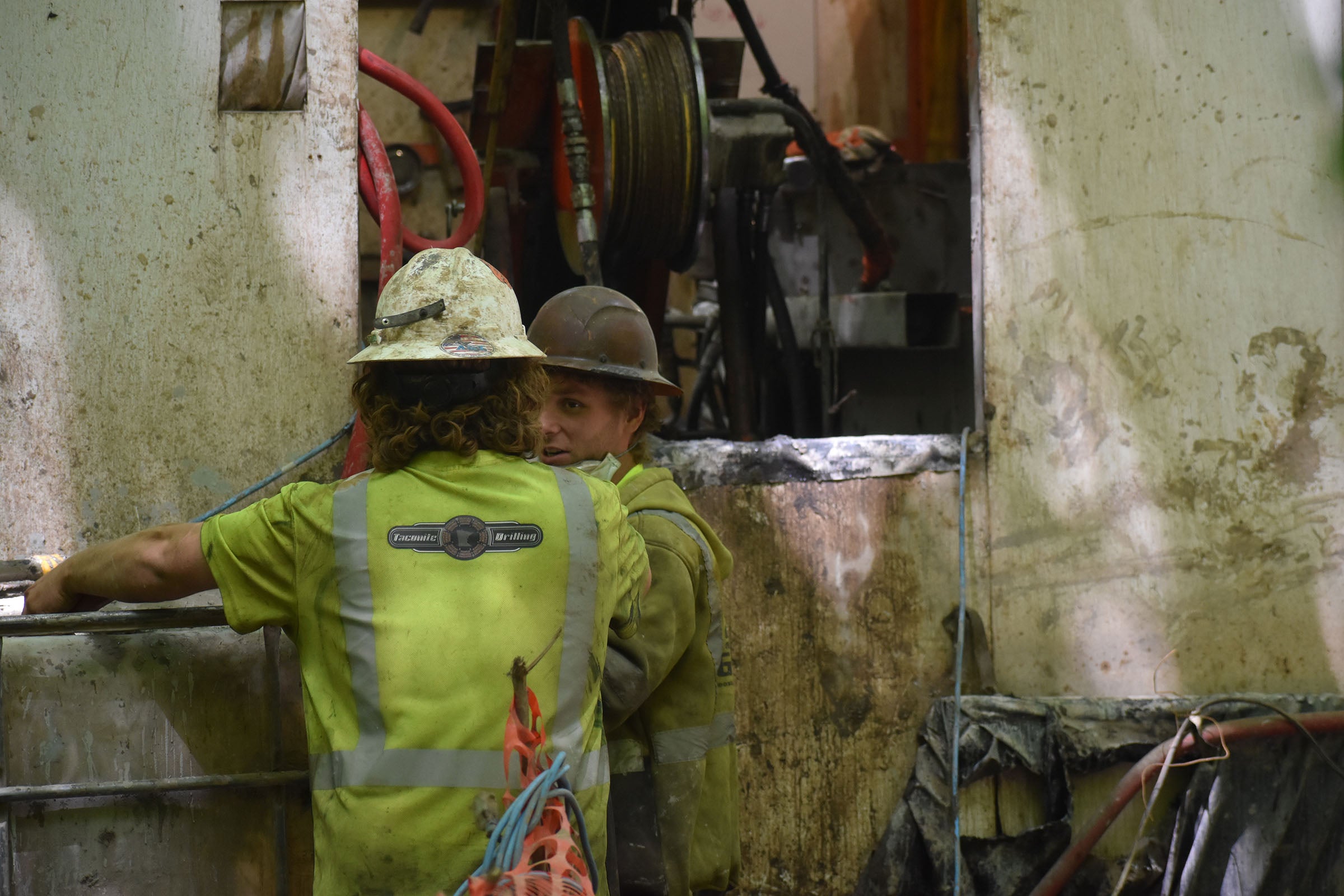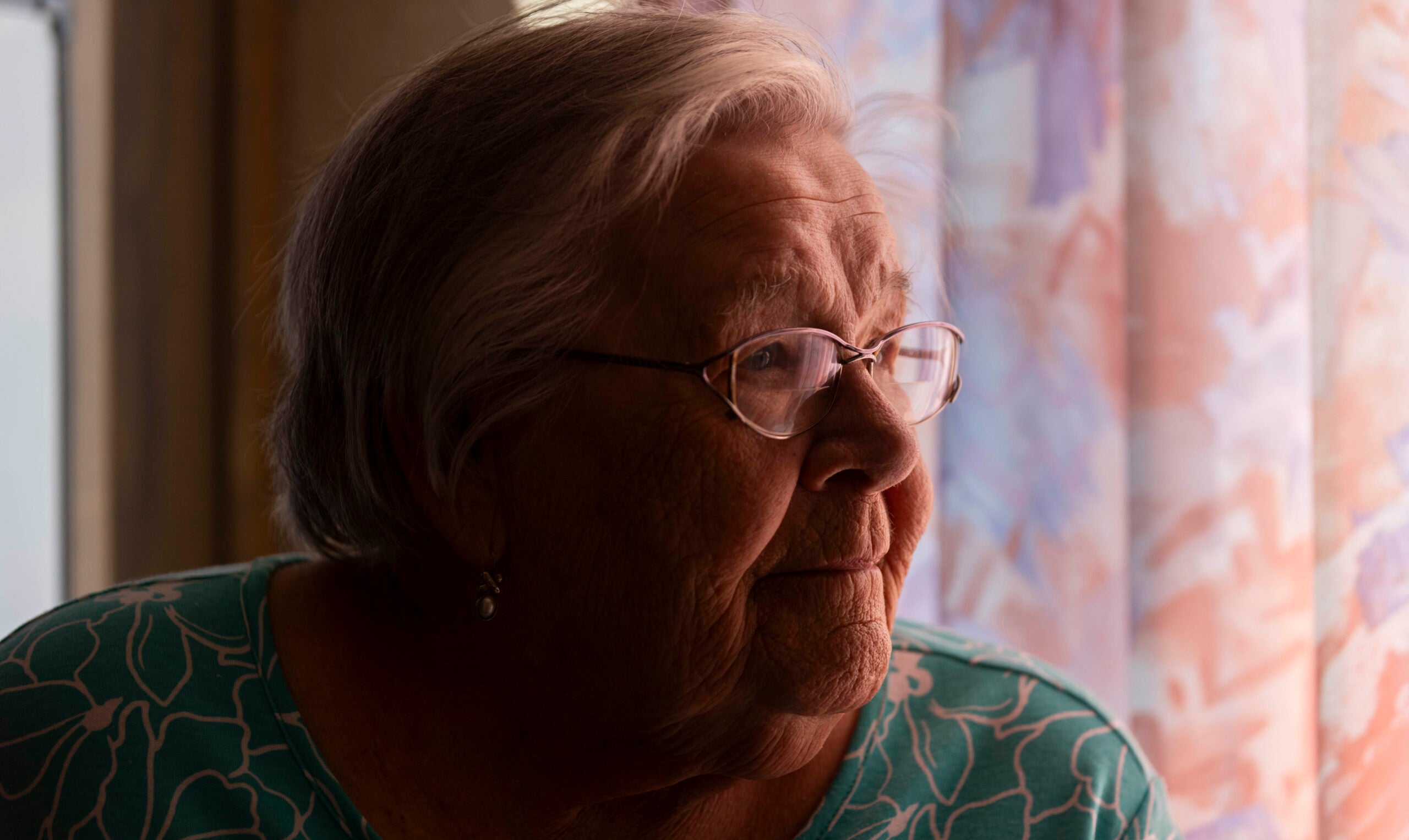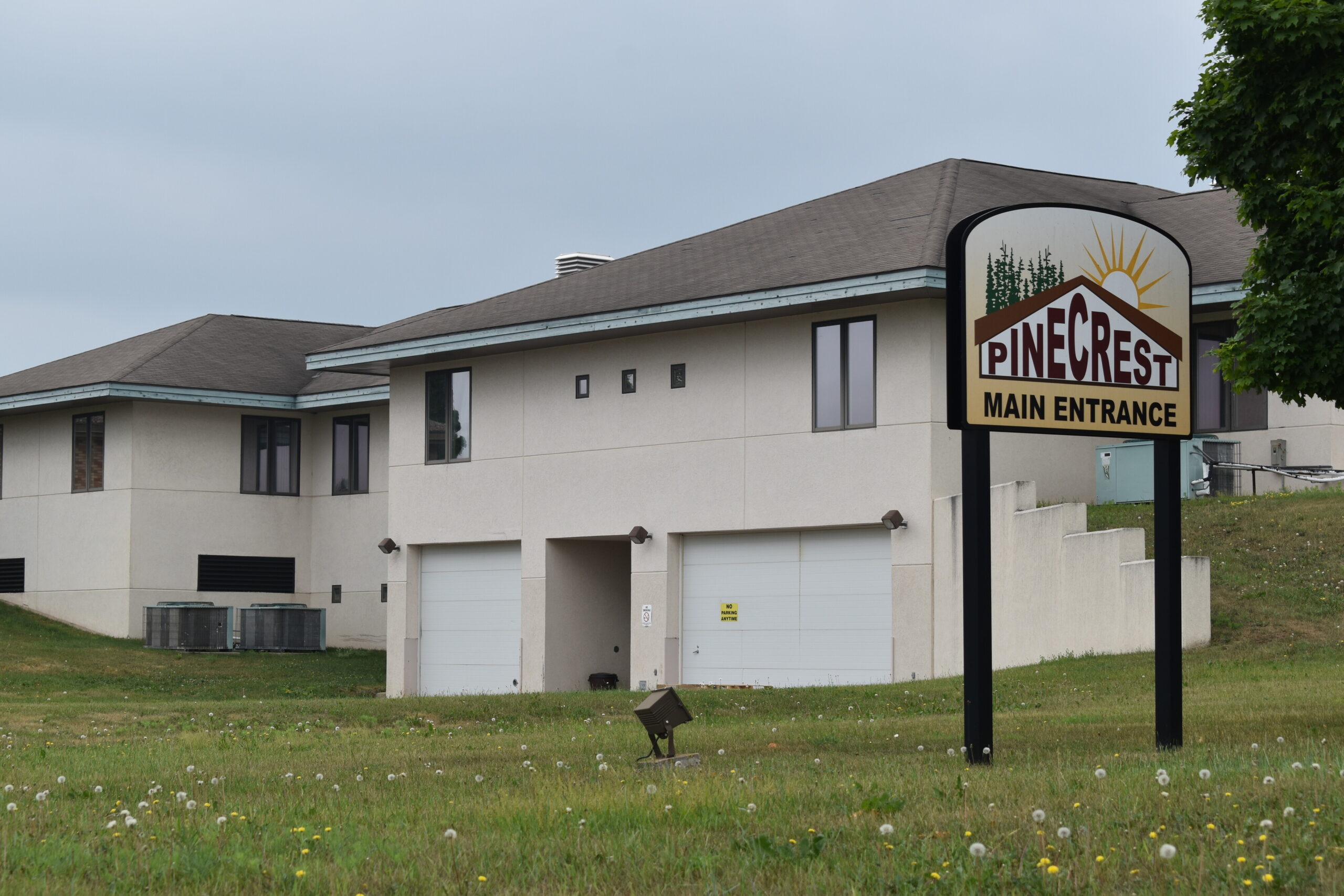After the mining industry left Iron County, jobs disappeared, the local economy suffered and residents fled in search of better economic opportunities.
But some people stayed, committed to the rural areas and lifestyle their families had called home for generations.
Today, the history of Iron County serves as a microcosm of how deindustrialization in the 20th century affected communities across the Midwest, according to sociologist Amanda McMillan Lequieu, who spent years interviewing residents and leaders in the northern Wisconsin county.
News with a little more humanity
WPR’s “Wisconsin Today” newsletter keeps you connected to the state you love without feeling overwhelmed. No paywall. No agenda. No corporate filter.
During a recent appearance on WPR’s “Wisconsin Today,” McMillan Lequieu said her interviews explored what it means to call somewhere “home” and how home shapes identity. The stories from her conversations with residents are shared in a new book, “Who We Are Is Where We Are: Making Home in the American Rust Belt.”
The following was edited for clarity and brevity.
Kate Archer Kent: You could tell this story of the American Rust Belt in a number of Midwestern communities. Why choose Iron County as a primary setting?
Amanda McMillan Lequieu: Iron County captured my imagination because in the early 2010s, the county was suddenly in the national spotlight because a new iron mine was proposed there, the GTAC mine. The proposal for this large, strip iron mine eventually failed, but it centered this interesting community because it was going to be a new generation of a familiar industry, another generation of iron mining in Iron County.
“For many of my interviewees, those social resources were just invaluable. They were too important to lose.”
Amanda McMillen Lequieu
KAK: As the mines closed, so did places like Montreal, Wisconsin, in a way. You described places like this as “cradle-to-grave” company towns. What was life like there when the mines were flourishing?
AML: These iron companies in Iron County, at the turn of the 20th century, came to the county, actually built the houses people lived in, paved the streets with iron-mine tailings, organized cattle grazing rotations for community members, rented out rooms to single men, ran a company store, had a company doctor.
When the companies closed, many (residents) bought the houses, but then the rest of that company infrastructure — like the doctor, like the road maintenance — suddenly these community members needed to figure this stuff out for themselves. It really gutted not only the mining employment whenever these mines closed but also the way these communities functioned.
KAK: You introduce us to Iron County residents like Rupert who stayed through the economic hardships that followed the collapse of the mining industry, and it echoes throughout the book. Why did people stay? Why didn’t people like Rupert leave and go to where other jobs were?
AML: I found again and again people really emphasized the parts of their community that weren’t tied up in iron industry life. They value their industrial past for sure, but they also really value their kinship networks, their relationships with friends and neighbors, relationships that wouldn’t exist if they move elsewhere.
You can rely on your neighbors if you have decades of trust between you and your neighbors, but if you move to a new city to find a new job, suddenly you lose out on those social resources. And for many of my interviewees, those social resources were just invaluable. They were too important to lose.
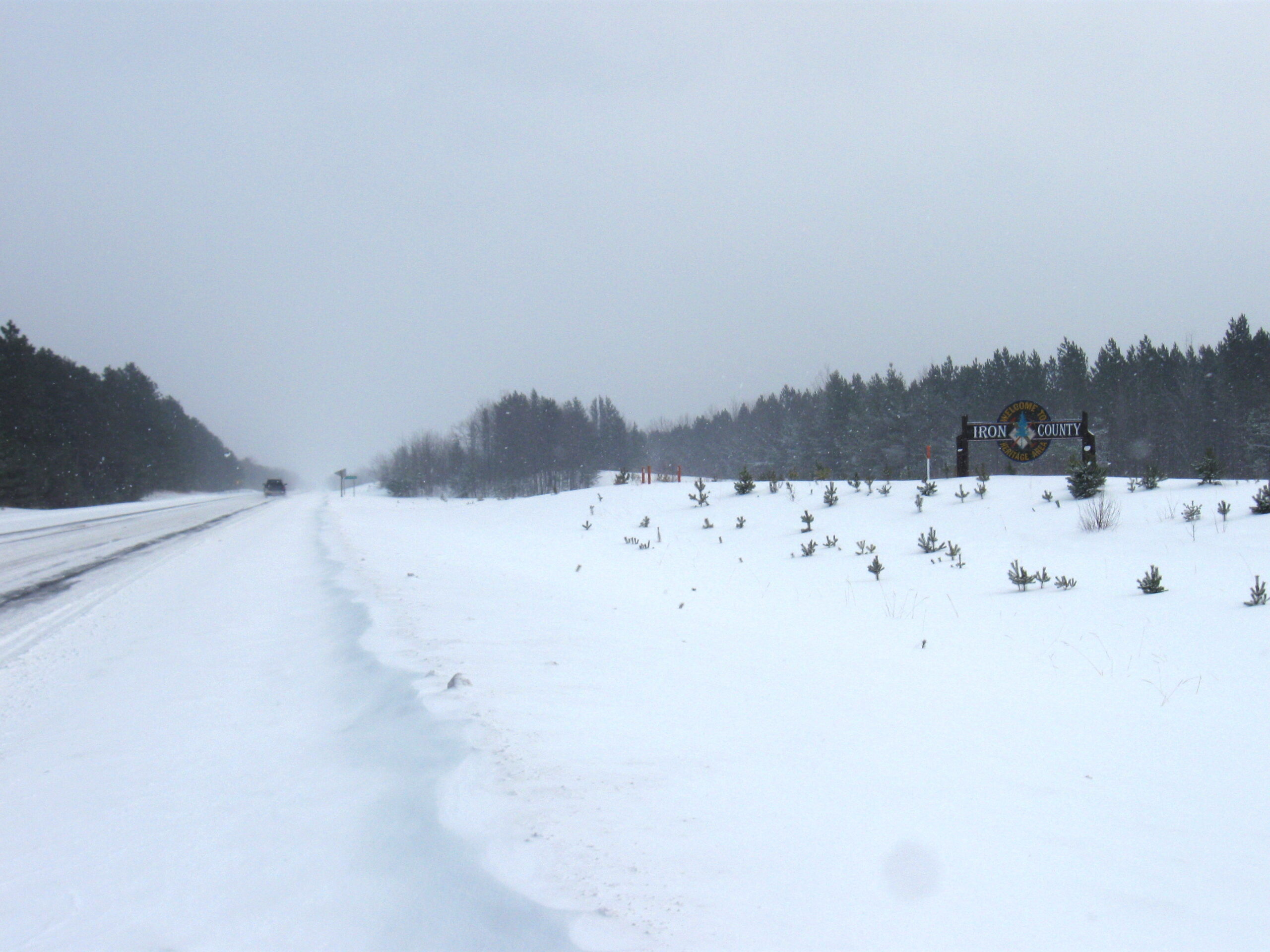
KAK: What did residents tell you about Iron County’s remoteness and the lack of railroads or major highways that could give it prospects for new industry?
AML: They were very concerned that in the 1980s, 90s and early 2000s, the last of the industrial railroad track system in Iron County had been removed, and those railroad right of ways had been returned to the county or to private owners.
My interviewees were really disappointed in the fact that without those railroads — they accurately diagnosed — it would be really hard to have large-scale industries reinvest in their communities. Because not only are there no railroads, there aren’t large highways.
There are some large roads that go through, but maybe two or three significant roads connect Iron County to other parts of Wisconsin and the Upper Peninsula.
KAK: How do residents feel about the push to build the economy in the area around tourism?
AML: Many of my interviewees were very positive about tourists coming to enjoy the parts of Iron County that they themselves adored. But they also almost always caveated their love of the place and their acceptance of tourists with concern that tourism doesn’t really bring a lot of money to the area.
It’s significant for the county. But for individual residents, tourists might buy some gas. They might buy some groceries. It’s such episodic investment from tourists that is limited in its benefits to community members.
The jobs that tourism provides tend to be seasonal and part time — often without benefits.
KAK: What more would you like to discover about Iron County and other communities that have struggled with the exit of a major industry?
AML: What I would love to take from this study and examine elsewhere, in other industrialized communities, is the concept of home. Again and again, interviewees and community members spoke of how much they valued home, but not just in the sentimental sense.
I saw that there was this pattern of home where home was geographic. There was something very physical, about the remoteness, about the transportation infrastructure, about the way the town was structured.
Home was also economic — the contrast between thriving in the past and the struggles today. And then home was also community. The value people placed on those kinship and family networks, the way that they invested in their county fairs and their 4-H programs and volunteering and supporting their seniors.
I want to see how those ideas of home show up in other communities that are struggling and facing crisis today.
Wisconsin Public Radio, © Copyright 2025, Board of Regents of the University of Wisconsin System and Wisconsin Educational Communications Board.

